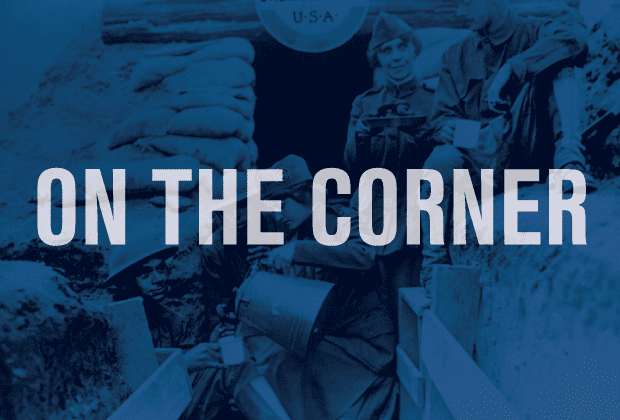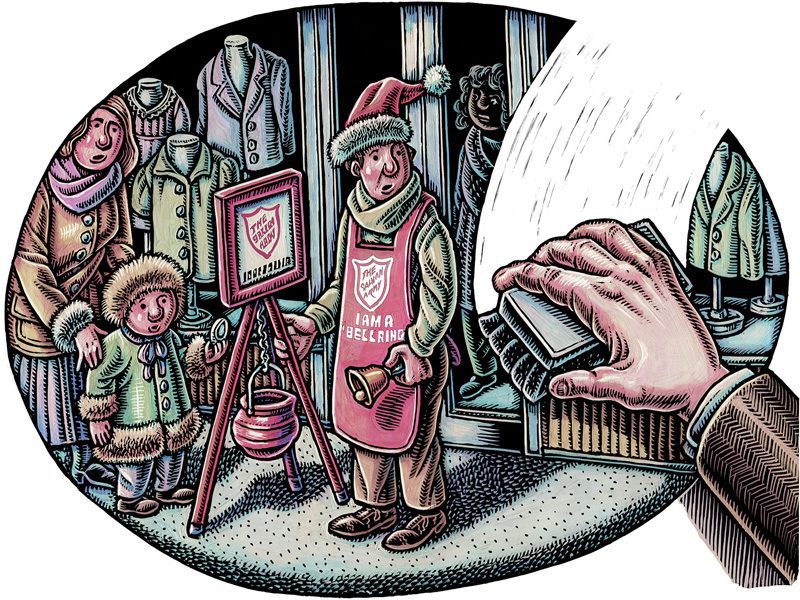By Robert Docter –
These last few days have found me dwelling on the issue of race in our society. It’s disturbing and unpleasant, but it is important. I thought we had come so much further only to discover that my narrow, isolated circle was not a random sample of the population.
During my self-forced solitude, I came across some lines from The Help, written by Kathryn Stockett, of a mother sharing a story with two children:
“‘Once upon a time they was two girls,’ I say. ‘One girl had black skin, one girl had white.’
Mae Mobley look up at me. She listening.
‘Little colored girl say to little white girl, ‘How come your skin be so pale?’ White girl say, ‘I don’t know. How come your skin be so black? What you think that mean?’
But neither one a them little girls knew. So little white girl say, ‘Well, let’s see. You got hair, I got hair.’ I gives Mae Mobley a little tousle on her head.
Little colored girl say ‘I got a nose, you got a nose.’ I gives her little snout a tweak. She got to reach up and do the same to me.
Little white girl say, ‘I got toes, you got toes.’ And I do the little thing with her toes, but she can’t get to mine cause I got my white work shoes on.
‘So we’s the same. Just a different color,’ say that little colored girl. The little white girl she agreed and they was friends. The End.
Baby Girl just look at me: ‘Law, that was a sorry story if I ever heard one. Wasn’t even no plot to it.’
But Mae Mobley, she smile and say, ‘Tell it again.’”
That’s right, Mae, I guess we’ll have to “tell it again,” and again and again.
Ignoring racism is, in itself, racist.
One definition of racism has to do with “behavior that tends to systematically deny access to opportunities and privileges to one racial group while perpetuating access to opportunities and privileges of another racial group.” These acts are not necessarily sensational acts of bigotry. Often, the perpetrator, in ignorance, means well and the action is unintentional. However, the damage is done.
Racism resists change, especially when it is unintentional or if there is an unconscious bias. Often, this bias exists due to instruction or warnings from members of earlier generations. It has become habitual and is most often revealed by assumptions. One example often cited is especially relevant in the southwest and western states. If you saw a Mexican American mowing the lawn in front of a large house, what would you conclude? Another could be moving to the other side of the street if a group of African-Americans were approaching. Is this simply an act of safety, or is it racial bias?
These biases are rarely verbalized and appear almost unconscious. They have their roots in stereotypes and unaware prejudices, according to Jean Moule, professor at Oregon State University.
We need to find ways to elevate awareness of our own biases. I believe we can accomplish this by identifying our own specific behaviors that we discover have unintended racial biases. Cultural differences make this difficult, and in The Salvation Army, happily, we have increased cultural diversity. Therefore, we need to increase cultural awareness.
There are some instruments to help us with unconscious bias, attitude awareness and unintentional racist impulses. Some, like the Implicit Awareness Test are available and have proven helpful.












